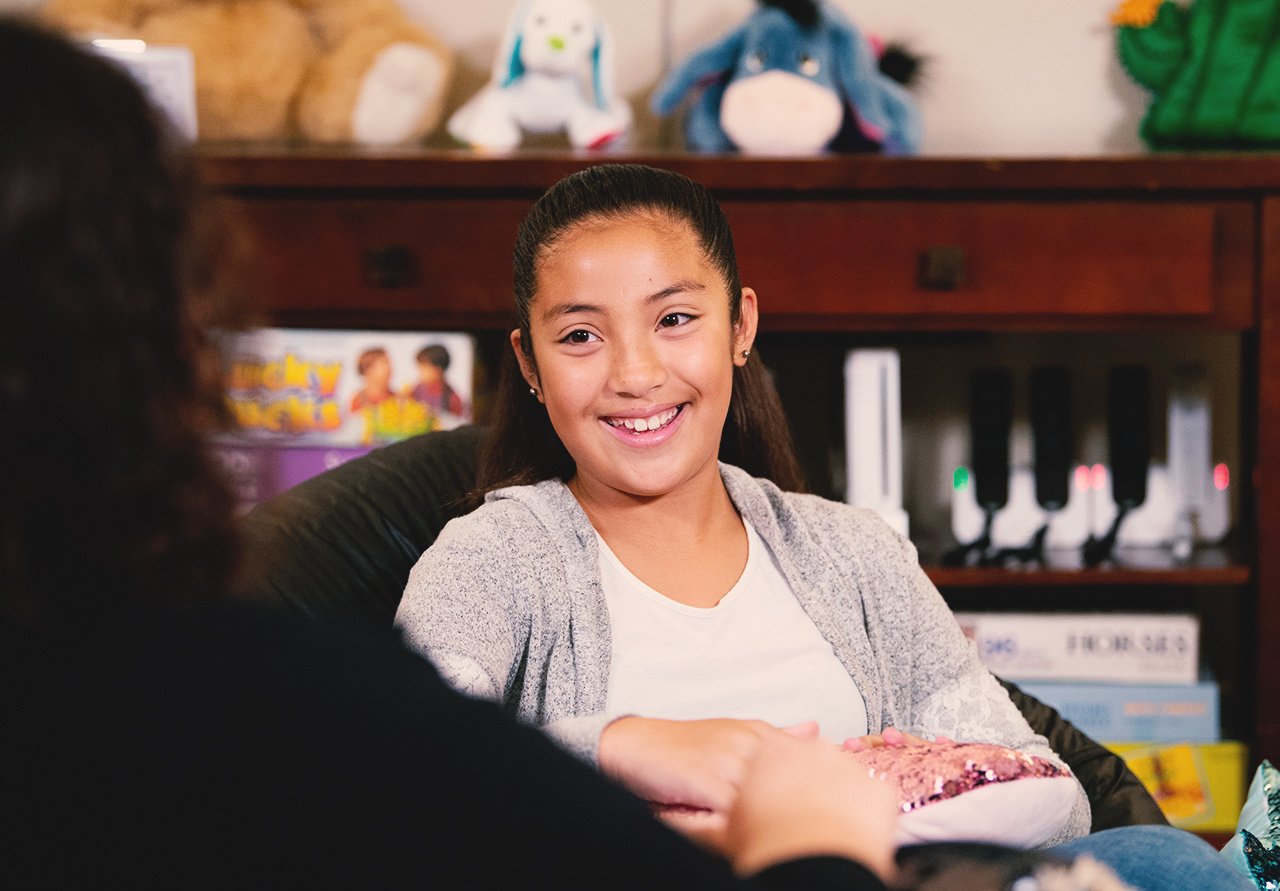
You’ve heard the term “youth at-risk”, but what does it mean? In the broadest sense, a youth at-risk is a child or adolescent who faces extreme threats to a successful transition into adulthood. Characteristics of at-risk youth include truancy, lack of interest in academics, and disconnection from the school environment. When at-risk and troubled youth can’t transfer successfully into adulthood, local communities and businesses suffer, costing both millions of dollars.
How teens become at-risk
A variety of factors can contribute to a youth falling in the at-risk category.
- Poverty
- Family instability and dysfunction
- Unstable school environment
- Poor community resources
- Adverse childhood experiences
The above issues can create feelings of isolation and estrangement from peers and cause children to act out. Lack of a stable financial situation or unstable family dynamics such as broken homes or absent parental figures can also create instability and cause development issues for youth.
Adulthood issues for at-risk youth
The longer an at-risk youth goes without receiving help, the more prone they are to a life full of other issues. Ignoring the warning signs an at-risk youth displays may lead to future problems, including:
- Addiction
- Violence
- Self-Harm
- Substance abuse
At-risk youth have higher rates of suicidal thoughts and incarceration. Without help, the future of a youth displaying at-risk effects may be in danger.
Helping youth at-risk
But how can someone help an at-risk or troubled youth? If you are worried a teen is headed down a dangerous path, consider these steps:
1. Communicate
Open communication with the teen and get to the root of what’s going on. But don’t pressure them if they’d rather not talk; let them know you’re always available if they want to discuss later on.
2. Take an interest
Familiarize yourself with things teens are interested in. If they play a certain video game, ask them about it. Ask them how school or extra-curricular activities are going. Find talking points to show genuine interest and you will build a trusting and genuine relationship.
3. Relate to teachers or family members
If there are issues at school, listen to both the teacher and student. Allow parents to share what they see and encourage collaboration to help figure out a way to help an at-risk teen overcome problems.
4. Relate to teen’s friends
If possible, communicate with the teen’s friends. Find out if the teen is hanging out with a different crowd and what they do with their friends. Build a trusting relationship with some of the teen’s friends, so if they notice troubling behavior, they feel comfortable sharing their concerns with you.
Rawhide Boys Ranch helps youth at-risk
Rawhide Boys Ranch has over half-a-century of experience helping youth at risk. Our experienced team uses state-of-the-art treatment to help at-risk and troubled youth gain a future. You can help Rawhide continue to make a difference in the local community please by donating below. Every donation helps us impact a change in the Wisconsin community.
#ImpactAChange










